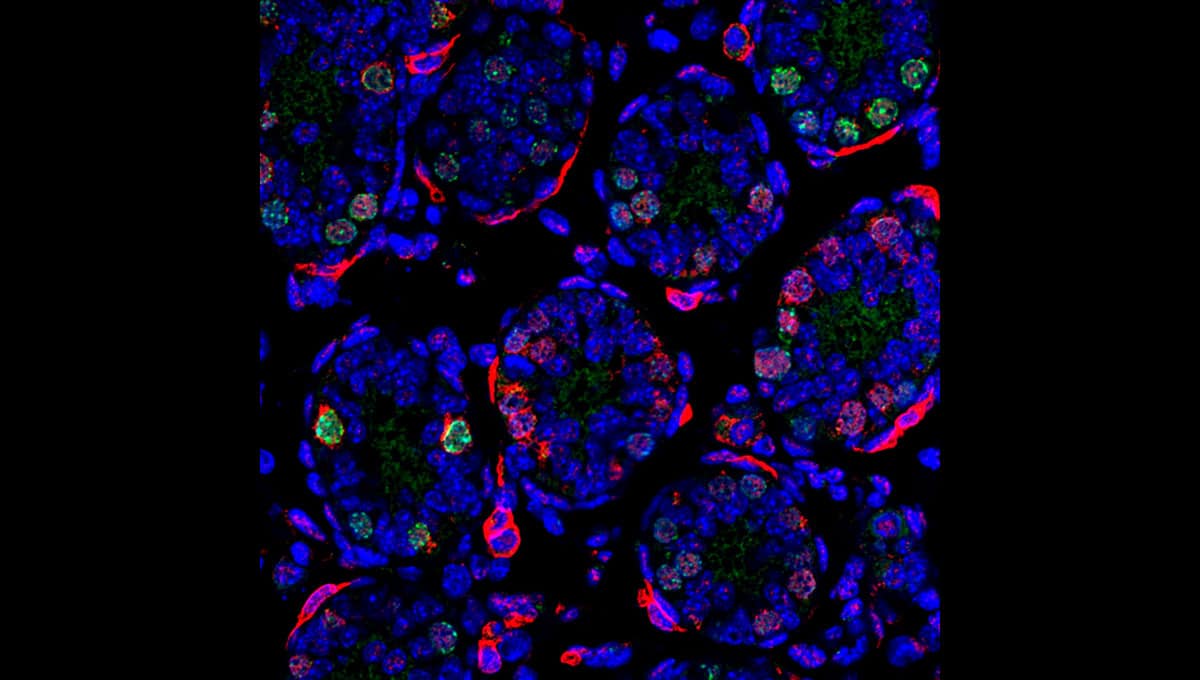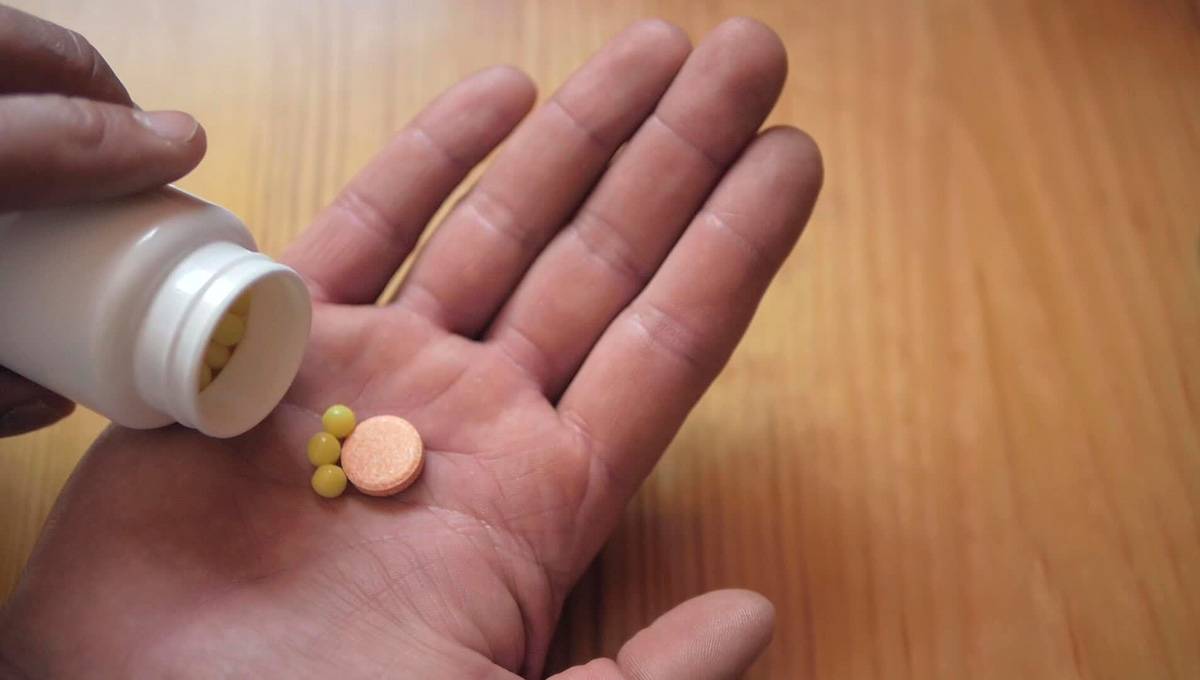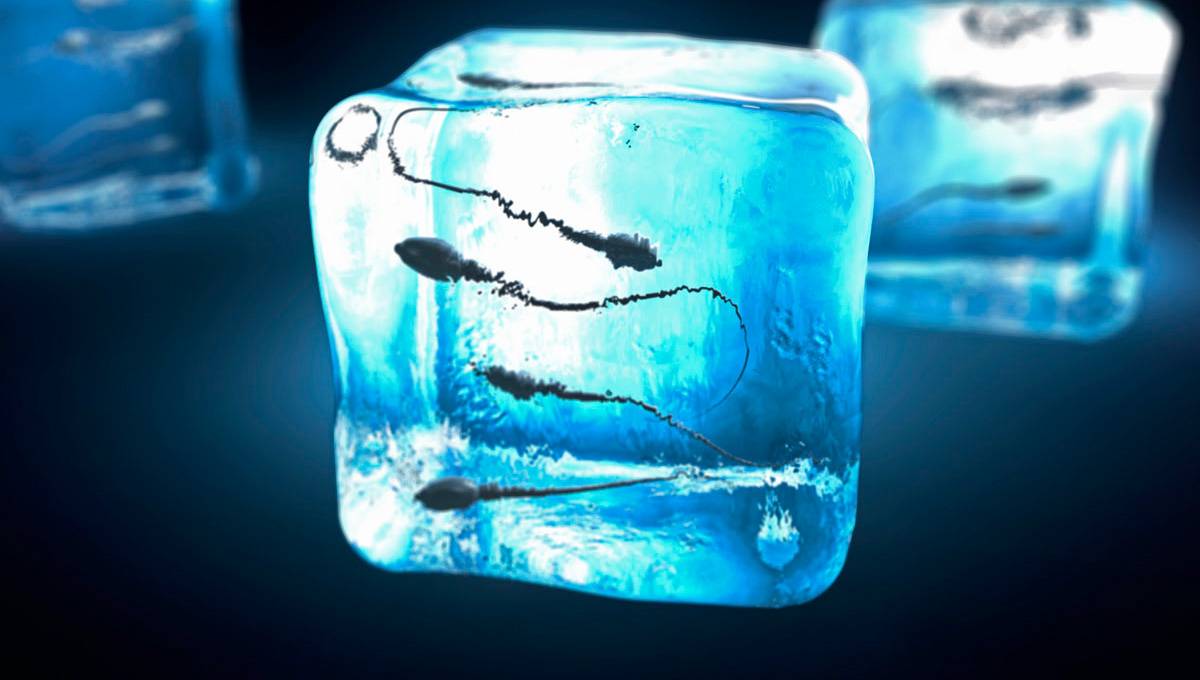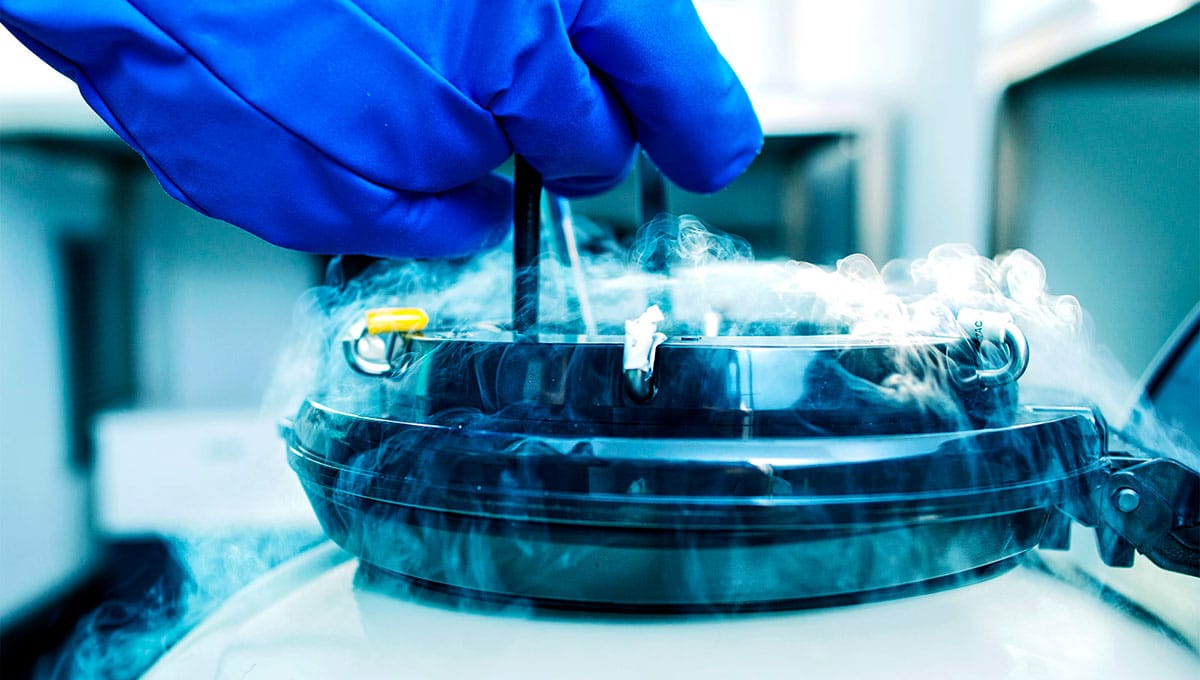What is surgical sperm retrieval?
Doctors use this method to collect sperm from men who have little or no sperm in their semen. Afterwards doctors can use this sperm to fertilise an egg using fertility treatment. Surgical sperm retrieval is a minor and straightforward surgical procedure, and the name covers a number of different methods which are outlined below.
Who would benefit from this procedure?
- Men who have obstructive azoospermia. This means that the testicles are producing sperm normally, but there is a blockage which prevents the sperm from being ejaculated in the semen. This can be because of a blockage in the vas deferens (which is the tube responsible for carrying sperm to the penis), a problem in developing this tube, a previous vasectomy or an infection.
- Men who have non-obstructive azoospermia. This means that there is no blockage, but the problem is in the actual production of sperm by the testicles. This can occur in men who have had previous chemotherapy or radiotherapy, surgery or congenital problems 1 Salisbury NHS Foundation Trust. Surgical Sperm Retrieval. Internet. 2018. Available from: http://www.fertility.salisbury.nhs.uk/Treatments/Pages/SurgicalSpermRetrieval.aspx.
- Men who have problems with ejaculating 2 Human Fertilisation and Embryology Authority. Surgical Sperm Extraction. Internet. 2018. Available from: https://www.hfea.gov.uk/treatments/explore-all-treatments/surgical-sperm-extraction/.
How does surgical sperm retrieval work?
Step 1: Collection of sperm cells
Doctors use one of the methods below to collect a sample which contains sperm cells, and they extract these cells. Depending on the method, doctors may be able to gather enough sperm cells for multiple cycles of fertility treatment.
If the sperm quality is too low to survive the freezing process, your doctor may recommend that you use them in fertility treatment immediately. However if the doctor can obtain good quality sperm, you will be able to freeze these cells for future use.
Step 2: Freezing
Doctors freeze the sperm cells in a sperm bank. You can usually store sperm for 10 years, although this can be longer in certain circumstances.
Step 3: Using the sperm
Doctors thaw the sperm cells. Not all sperm cells survive the process of freezing and thawing, but the healthy cells are then ready for use in a fertility treatment such as ICSI (intracytoplasmic sperm injection).
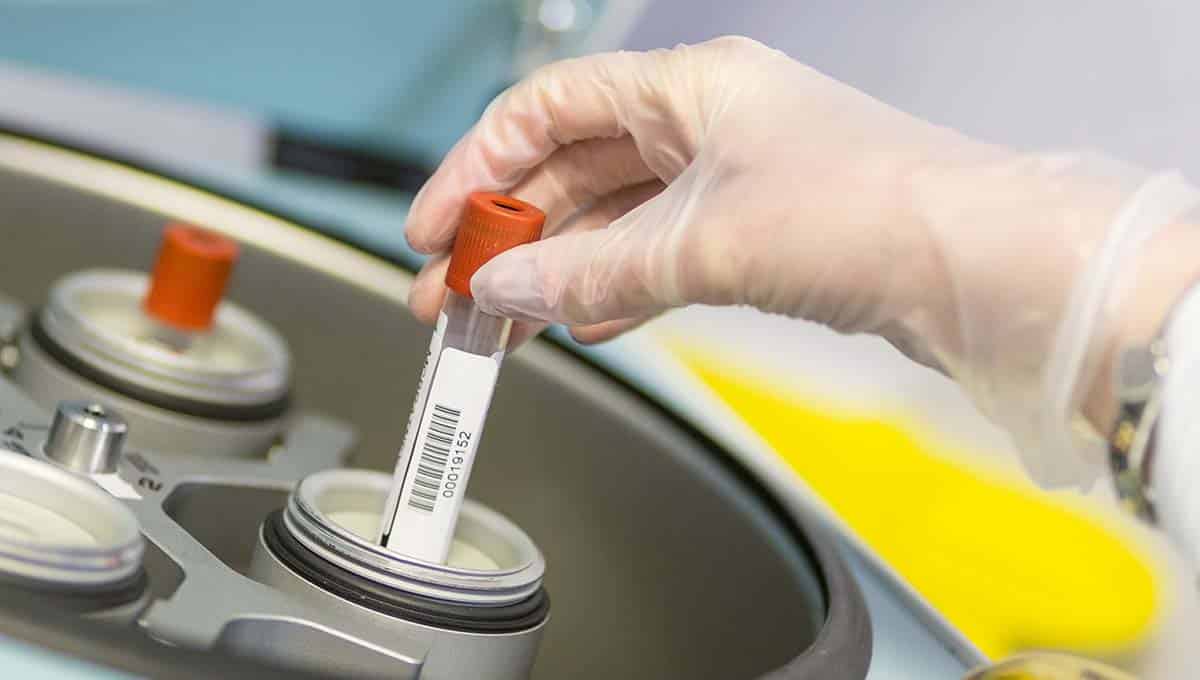
www.amitamin.com/en/fertilsan-m New life deserves the best possible start!We provide the essential building blocks for this.
Types of surgical sperm retrieval
Doctors will decide which method is best for you depending on your medical history and your reasons for having the procedure.
Percutaneous epididymal sperm aspiration (PESA)
Doctors often use this method if you have obstructive azoospermia, and they will use local anaesthetic.
The epididymis stores sperm after its formation in the testes. Therefore in this procedure, doctors insert a fine needle attached to a syringe into the epididymis through the skin of the scrotum.
Subsequently they aspirate a small amount of fluid, which means removing fluid via gentle suction in the needle. The next step involves doctors inspecting this fluid under a microscope to analyse the quality of the sperm cells.
Testicular sperm aspiration (TESA)
Doctors can use this method if you have obstructive azoospermia, and it is also called Testicular Fine Needle Aspiration (TEFNA). This process is similar to PESA, with the only difference being where in the reproductive system the cells are collected from. In this method, doctors will aim to collect sperm directly from the testicles, which is where the sperm cells develop.
You will be under local anaesthetic and a doctor will insert a fine needle attached to a syringe into a lower region of the testicle in order to aspirate a small amount of fluid. This means that the fluid is gently removed via suction in the needle. Then doctors will examine the fluid for sperm cells.
The sperm cells which doctors collect through this method are directly from the seminiferous tubules in the testicles. Therefore the sperm cells are less developed and less motile than the sperm cells in semen, which are mature. As a result, you will need to undergo ICSI fertility treatment when you choose to use these sperm cells.
Testicular sperm extraction (TESE)
Doctors can use this method of surgical sperm retrieval in patients with obstructive or non-obstructive azoospermia. Doctors make a small incision in the skin of the scrotum and they remove a small sample of testicular tissue.
This can be done in an operation where you will be under sedation. Alternatively doctors may use a biopsy needle in which case you will be under local or general anaesthetic 3 Shropshire and Mid Wales Fertility Centre. Sperm Retrieval. Internet. 2018. Available from: http://www.shropshireivf.nhs.uk/sperm-retrieval/. Doctors may need to remove multiple samples, and they will examine these for sperm cells 4 University Hospitals Coventry and Warwickshire NHS Trust. Surgical Sperm Retrieval. Internet. 2018. Available from: https://www.uhcw.nhs.uk/ivf/treatments/ssr/ .
Unfortunately the number of sperm cells collected in this method might be very low. Therefore you will need to undergo ICSI fertility treatment to maximise your chances of having a baby using these sperm cells.
Microsurgical epididymal sperm aspiration (MESA)
Doctors use this procedure in patients who have obstructive azoospermia. You will be put under general anaesthetic before a doctor examines the epididymis using an operating microscope.
They will aspirate any suitable fluid samples, which involves suction via a fine needle attached to a syringe. Then a doctor will examine the sample to determine whether enough sperm cells of sufficient quality have been collected.
Microscope-assisted testicular sperm extraction (MicroTESE)
This is a newer technique of surgical sperm retrieval which doctors use in cases of non-obstructive azoospermia. This procedure is similar to TESE but it involves doctors using an operating microscope for greater accuracy. Therefore doctors remove less tissue and cause less damage to the structures inside the testicles.
You will be under general anaesthetic and a doctor will examine the testicle with the help of an operating microscope. They will locate tubules, which are the areas which produce sperm. Then doctors will remove any suitable areas and examine these for the presence of sperm cells.
What are the chances of success?
Overall this depends on the exact procedure and your reasons for undergoing it. If you are having MicroTESE for non-obstructive azoospermia, there is a 50% chance that sperm cells will be successfully removed .
However it is important to remember that getting a sperm sample is not a guarantee that you will be able to have a child. This is because it depends on the success of the fertility treatment you choose to undergo.
Above all, it is important to discuss your options with your doctor as soon as possible. They will be able to explain the best course of action for you in order to maximise your health and your chances of having a child.
The top male fertility supplements

Dr. Jones is an experienced consultant in assisted reproduction.
He has worked as a Fertility specialist at Kingston Hospital Assisted Conception and nearly 10 years experience of working in Obstetrics and Gynaecology across hospitals in the UK.
He completed his Masters in Assisted Reproduction Technology and then his PhD, from Imperial College London. Dr. Jones main areas of interest are Single Embryo Transfer, Endometriosis, PCOS and Implantation failure in IVF patients. He is a member of the British Fertility Society and an associate member of the Royal College of Obstetrics and Gynaecology.
Bibliography
- 1Salisbury NHS Foundation Trust. Surgical Sperm Retrieval. Internet. 2018. Available from: http://www.fertility.salisbury.nhs.uk/Treatments/Pages/SurgicalSpermRetrieval.aspx
- 2Human Fertilisation and Embryology Authority. Surgical Sperm Extraction. Internet. 2018. Available from: https://www.hfea.gov.uk/treatments/explore-all-treatments/surgical-sperm-extraction/
- 3Shropshire and Mid Wales Fertility Centre. Sperm Retrieval. Internet. 2018. Available from: http://www.shropshireivf.nhs.uk/sperm-retrieval/
- 4University Hospitals Coventry and Warwickshire NHS Trust. Surgical Sperm Retrieval. Internet. 2018. Available from: https://www.uhcw.nhs.uk/ivf/treatments/ssr/



